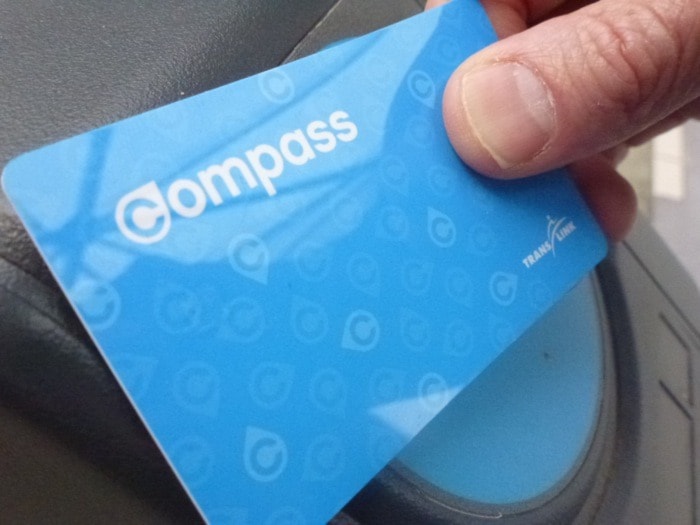TransLink officials admit they could still be more than a year away from a full rollout of their troubled Compass card payment system, setting a new target of the end of 2015.
And when the full launch comes, TransLink may temporarily drop the requirement for passengers to tap out as they exit buses so they aren't overcharged if they forget that step.
"This would be a temporary reprieve to get people used to using this card," said TransLink communications vice-president Colleen Brennan, insisting the transportation authority remains committed to the original vision of a tap-in tap-out system.
The $194 million smart card and fare gates program was a directive of the provincial government to combat fare evasion and crime on SkyTrain.
- View our interactive timeline of the faregates/smart card project. Mobile users click here.
But there's still no indication of when the fare gates on SkyTrain – which were to have been operating by fall of 2013 – will be closed and begin holding back fare evaders who don't pay.
It's expected Compass cards will work as planned on SkyTrain, but there are fears of long delays as passengers board and exit buses due to slow card read times and errors on the mobile readers.
Passengers are supposed to tap in as they board and tap out again as they exit to records the actual number of zones travelled.
If they fail to tap out they're charged the default fare for three zones even if they only travelled one zone.
Brennan said no decision has been made to suspend the tap-out requirement and if that's done it would likely require a temporary change to a simplified fare structure that charges bus riders the same price no matter how far they go.
More than three quarters of TransLink's 215 bus routes only travel within one zone anyway and never cross a zone boundary.
But Brennan was unable to say if TransLink has explored other alternatives, such as designing a different solution for the 52 bus routes that span two or three zones and making the default fare one zone for the rest.
The multi-zone buses may also be susceptible to fare evasion if passengers tap out on a reader without actually exiting and then ride an extra zone or two.
One possibility under consideration, Brennan said, is some sort of incentive system to reward passengers who tap out if it becomes voluntary.
Post-secondary students on U-Passes will be the next to get Compass cards in a series of waves starting in January and running through summer.
West Coast Express users would likely be next, Brennan said.
She said performance of the Compass card system has been improving, but would not reveal test results.
Previously, TransLink cited unacceptable delays in bus readers detecting cards, as well as high error rates.
TransLink wants a full tap-in tap-out system so it can eventually replace the three-zone fare system with distance-based pricing and so it can get precise data on passengers' travel patterns.
One group pushing TransLink to pause or eliminate the tap out requirement is the bus drivers union.
Nathan Woods, president of Unifor local 111, said passengers will be angry about delays or paying too much due to system errors or their own mistakes and may take out their frustration on drivers.
But he said the union is also worried that TransLink's ongoing service optimization program – where it shuffles bus service from underused routes and times to where there's more demand – will go into overdrive if transit planners glean the locations and times that passengers board and exit the system.
"They'll have exact evidence of where the ridership is when people tap out," he said, arguing service is already being cut in some neighbourhoods where TransLink decides there's insufficient ridership to justify frequent service.
Asked why the union would resist service optimization, Woods said drivers' stress levels rise as buses become more congested and less time is built into schedules for washroom breaks and recovery time.
Click left and right within our interactive timeline below to view the history of the project.Mobile device users click here .
